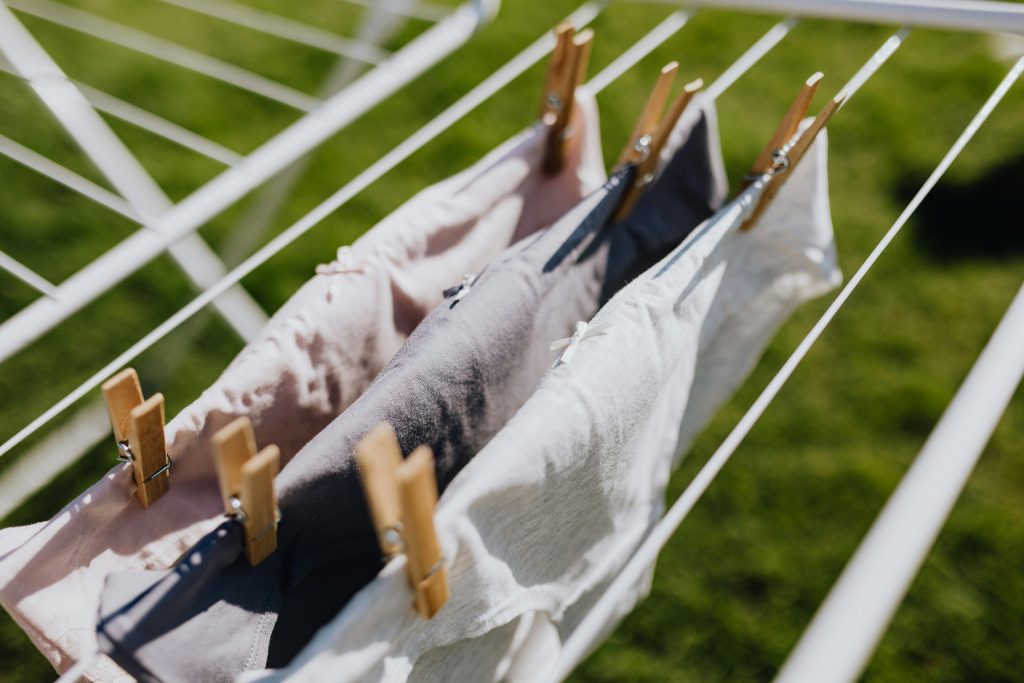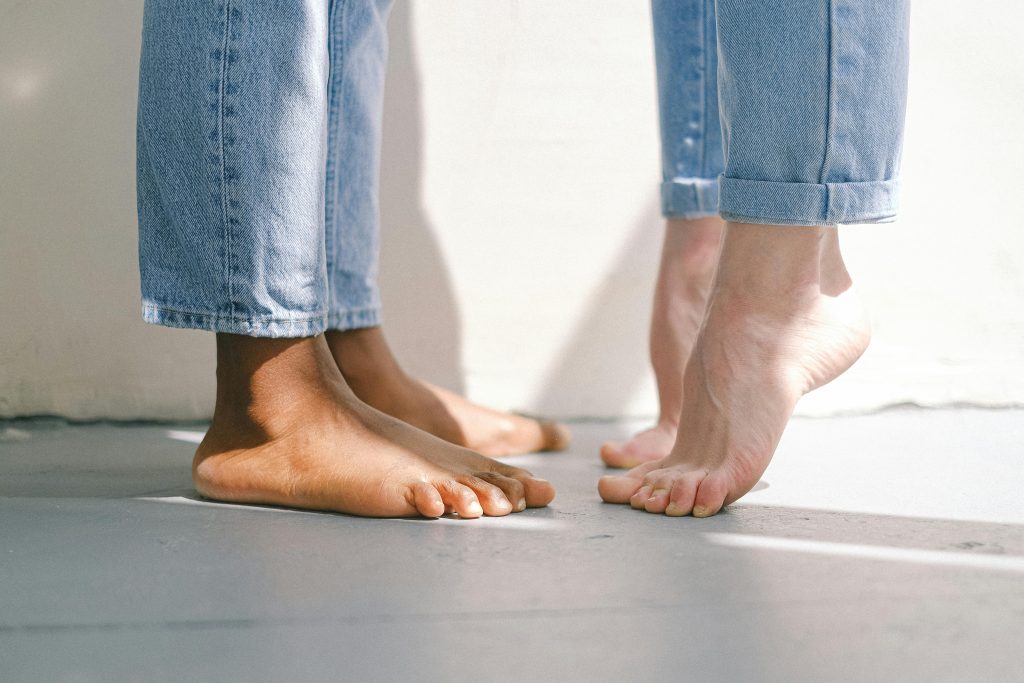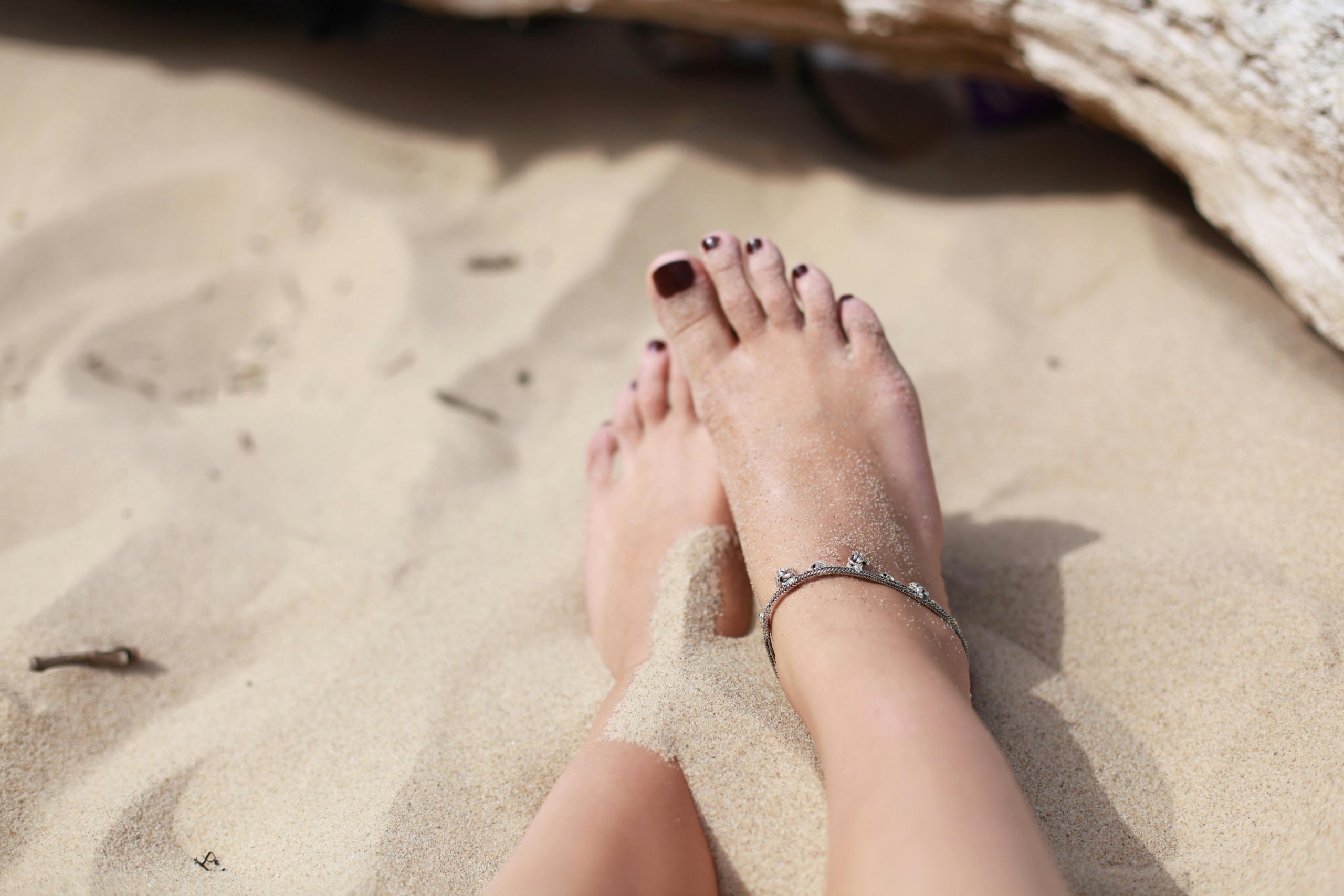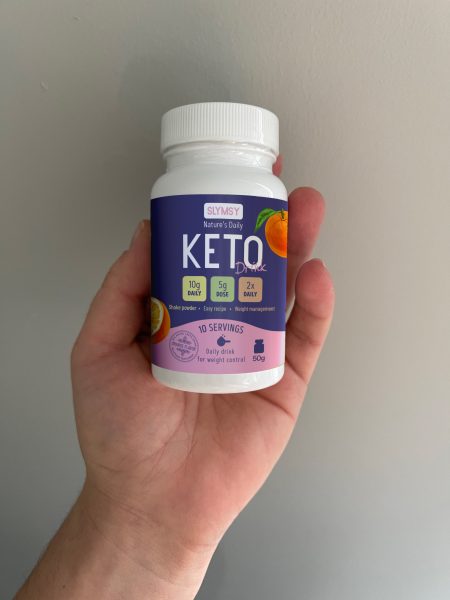Varicose disease is a chronic disorder of venous circulation, in which vein walls lose elasticity and valves stop effectively holding blood, causing stagnation. Visually, this manifests as enlarged, twisted veins, swelling, heaviness, burning, and cramps in the legs.
But behind cosmetic symptoms lies the risk of serious complications: thrombosis, inflammation, trophic ulcers. Varicose veins do not resolve on their own – without attention, they progress, lowering quality of life and increasing the threat of vascular emergencies. The earlier vein care begins, the higher the chance of preserving vein health and avoiding surgery.
There are several actions that are unacceptable in varicose vein treatment.

Mistake #1: Relying only on ointments and pills
Gels, creams, and capsules may temporarily relieve symptoms: reduce swelling, ease heaviness, cool the skin. But they do not address the underlying causes – namely, weak vein walls and impaired outflow. No topical product can restore valve function or eliminate stagnation. Relying solely on local remedies prolongs the process and intensifies symptoms.
A competent approach includes regular movement (especially walking and drainage exercises), compression garments, weight control, and venous system diagnostics. Only a systemic strategy helps slow progression and maintain comfort.
Mistake #2: Refusing compression garments
Compression garments are not a “grandma’s accessory” but a basic tool for vein support. They are often avoided due to myths:
- too hot;
- unattractive;
- uncomfortable.
In reality, properly selected garments are comfortable, aesthetic, and indispensable during prolonged standing, flights, pregnancy, or sedentary work.
Compression works simply: it creates a pressure gradient, helping blood move upward and reducing stagnation. Selection depends on symptom severity and lifestyle. Garments should be worn not based on mood, but during times of maximum vein load. It’s part of everyday venous comfort care.

Mistake #3: Inappropriate physical activity
Intense workouts, especially with weights, jumps, and abrupt loads, can increase vein pressure and provoke stagnation. With varicose veins, it’s important to avoid exercises that overload the legs and hinder venous outflow.
Instead, choose gentle, rhythmic activities: walking, swimming, yoga, exercises lying down with legs raised. Simple movements like “air cycling,” foot rolls, toe lifts, and static leg elevation help activate the venous pump and reduce swelling. The key is regularity and comfort, not intensity.
Mistake #4: Self-treatment and delaying specialist visits
Searching for advice online does not replace proper diagnostics. Varicose veins may appear minor for a long time, but serious risks often lurk behind the outward signs:
- thrombophlebitis;
- thrombosis;
- trophic skin changes.
Choosing treatments without understanding the venous system can lead to complications. If pain, swelling, heat sensation, skin discoloration, cramps, or hardening appear – these are signals that must not be ignored. Checking venous outflow and valve condition is a basic step, especially if symptoms worsen or interfere with daily life.
Mistake #5: Ignoring lifestyle and nutrition
The venous system directly responds to lifestyle: excess weight increases pressure on blood vessels, sedentary work slows outflow, and smoking and alcohol reduce vein elasticity.
Nutrition also plays a role – excess salt, sugar, and trans fats provoke swelling and inflammation. To support venous comfort, it’s important to include fiber (vegetables, whole grains) and sufficient water in the diet. Also, natural angioprotectors – substances that help strengthen blood vessel walls, improve microcirculation, and reduce capillary permeability. They support vein and capillary health, reducing swelling, inflammation, and fragility.

In terms of nutrition, angioprotective effects are found in:
- blueberries, black currants, grapes (especially with seeds) – rich in anthocyanins that strengthen vessel walls;
- citrus fruits and rose hips – sources of vitamin C, essential for collagen synthesis;
- buckwheat – contains rutin, which reduces capillary fragility;
- leafy vegetables, greens, garlic – improve blood flow and reduce inflammation;
- olive oil and nuts – sources of healthy fats that support vessel elasticity.
This is not a diet, but everyday care for vascular resilience. Even small habit changes can significantly reduce vein strain.
Varicose vein prevention: how to maintain venous comfort
Varicose disease develops gradually – this is the period when much can be prevented. Prevention doesn’t require heroic effort, but consistency and attention to detail. Here are the key areas:
- Movement as a habit. Venous outflow depends on the calf muscles – they act as a second heart for the legs. Regular walking, swimming, and exercises with elevated legs help activate the venous pump. Even short breaks for stretching during sedentary work make a difference.
- Compression support under load. If the day involves standing, flying, or prolonged static positions, compression garments reduce stagnation and support vein tone. They can be worn selectively, not daily, but during times of increased strain.
- Nutrition and hydration. Salt, sugar, and trans fats increase swelling and inflammation, so it’s important to gradually reduce them. In contrast, fiber, berries, citrus fruits, buckwheat, and adequate water intake support blood vessel elasticity and reduce blood viscosity.
- Weight control. Excess weight increases pressure on veins. Even small changes can have a noticeable effect.
- Quitting smoking. Nicotine reduces the elasticity of blood vessels.
- Clothing and footwear. Tight jeans, high heels, and stiff belts hinder free outflow. It’s better to choose soft, comfortable clothing, especially if the day involves a lot of movement or sitting.
- Attention to signals. Heaviness, swelling, and cramping are a reason to reconsider your daily routine and, if necessary, check your venous system.
Well-chosen herbal complexes and topical products are another important part of prevention, especially in early stages or with a tendency toward venous fatigue. Extracts of horse chestnut, ginkgo biloba, grape seeds, rutin, and arnica can support blood vessel wall tone, reduce swelling, and improve microcirculation. Creams with cooling or toning effects help relieve heaviness after exertion, especially in hot weather or after prolonged standing. These remedies don’t replace movement and compression support but work well in combination as part of daily venous care.
Varicose veins require a systemic approach
Varicose veins are not a cosmetic defect but a sign of impaired outflow. They develop gradually but can lead to serious vascular complications if signals are ignored and action is delayed.
Supporting the venous system is not a one-time measure but a daily strategy: movement, compression, nutrition, herbal complexes, and attention to strain and symptoms. Make sure you’re not making common mistakes and give your veins the strength they need.



